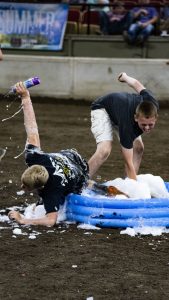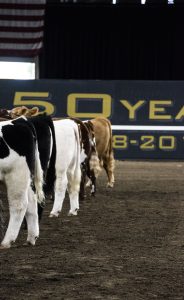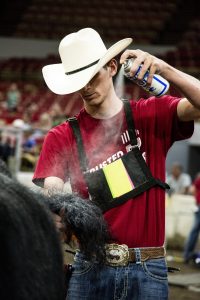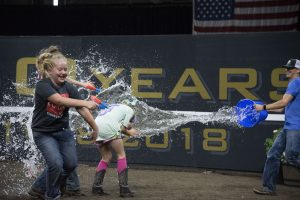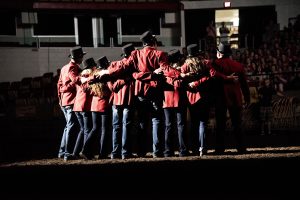Emily Meinhardt (In the office I am known as “Emily Hereford”)
Hometown:Marysville, Kansas
Fun Facts about Marysville:
- Home of the black squirrels
- Home to Valley Vet, I worked there in High School. If you ever go through definitely stop and get a tour if you can. It’s an incredible place!
University:Kansas State University
Here is a video link to get you excited about K-State. WATCH IT, you won’t regret it! https://www.youtube.com/watch?v=ww40DOpNGR0
Interesting Facts:
- Founded in 1863 as the first land grant university
- Originally known as Kansas State Agricultural College
Staples of being a Wildcat:
- Purple Pride Ice Cream: Any big K-State event will without a doubt have Call Hall ice cream. Purple Pride, which is blueberry flavored, was created as a staple to K-State.
- The Wabash Cannonball: Dance routine that symbolizes Wildcat unity, done at EVERY sporting event, and then of course at all K-State couples weddings. Growing up going to K-State football games this has always been my favorite tradition.
- “Family”: It is without a doubt how you feel while at anything K-State related.
- Favorite place to eat: Powercat, they have incredible Mac & Cheese, that you can load with anything you’ve ever imagine.
Major:Agriculture communications and journalism with minors in leadership studies and animal sciences and industry.
Involvement:Kappa Alpha Theta, Agricultural Communicators of Tomorrow, Block and Bridle, and Student Government of Association
Interesting Fact: My families business, KanEquip, sells BLUE tractors. Once in pre-school I got in trouble because I wouldn’t dress up on green day and I said I hated it. Oooops!
Obsessions: McDonalds sweet tea, baby calves (especially Herefords), planners (I love being organized), and the Lake
Dream Job:Own a boutique and with an antique store attached, where I can spend my day refurbishing old furniture (nothing to do with AgCom, I know).
Anna Miller
Hometown: Linden, California
School: Oklahoma State University
Cool Facts:
- After every touchdown, we have a black quarter horse named Bullet gallop around the football field.
- We have a Quidditch team (yes, really) and have made it to Nationals a few times. Yeah, Harry Potter!
- It used to be tradition for upperclassmen to throw freshmen into the campus pond, but now there is a $400 fine for doing so.
- In the ’70s, the Strip — Stillwater’s strip of bars — was commonly used for streaking.
Major:Agricultural Communications and Animal Science
Involvement: Delta Delta Delta, Oklahoma Collegiate Cattlewomen, Agricultural Communicators of Tomorrow and FARM Theory.
Campus favorite things:
- The fountain in front of the library is dyed orange during Homecoming season.
- Hammocking at the OSU Botanic Garden is the best way to study with the free Wi-Fi. Or the reality: taking a nap after cruising social media, courtesy of the provided Wi-Fi.
- Game Day is the best day ever and will forever remain so! #gopokes
Go-to places to eat: Chips and queso at Fuzzy’s with your best pals.
Interesting fact:I have an attention-starved miniature dachshund who even has his own Instagram account (go follow @teenie_weenie_charkie!)
3 obsessions:
-
- Red cows. Red Angus will forever hold my heart (Shorthorns are growing on me though!)
- I’m a big meme gal and can scroll through Twitter eternally.
- Making unnecessary Instagram accounts (see above interesting fact). I also made one last semester while I was abroad in Ireland: @anna_eating_abroad. Bet you can figure out what that one featured!
Dream job:Working in the agriculture industry where I can meet new people and share our industry’s story!
Emily Dyes
Hometown:Holliday, TX
(There are really no interesting facts about the BIG town of Holliday (population 1,700); however, I do know Doc Holliday was not from here)
University: Texas Tech University (Lubbock, TX)
Traditions/Fun Facts:
- Tortilla Toss– This became a tradition in 1992 when an ESPN announcer made the comment that the only thing in Lubbock was “Tech football and a tortilla factory”.Two days after this, Tech played Texas A&M (ranked in the top 10 at the time) and beat them. It was a pretty big upset, so the tradition stuck (although it hasn’t brought much luck lately).
- Texas Tech as two official mascots-
- The Masked Rider-started as a dare in 1936, no one knew the rider’s identity so he was called the ghost rider. In 1954 the Masked Rider became the official mascot, making Tech the first school with a live horse.
- Raider Red-Became an official mascot in 1971 when the Southwest Conference created the rule that no live animals would be allowed at away games unless the hosting school permitted it.
- “Guns Up”-Started in 1960 and is commonly thrown up when people say, “Wreck ‘Em”. Oklahoma State does something similar with “Pistols Firing” but this wasn’t a thing for our Northern siblings until 2001.
Major: Interdisciplinary Agriculture (AgEd)
Interesting Facts about myself:
- I’m terrified of mayonnaise. (Don’t ask; I know it’s very irrational).
- I’ve raised and showed Shorthorns my whole life.
- I have abnormally small hands for someone that’s 5’9.
- For 2 years I went to a school that had the smallest 6-man football team in Texas (Cranfills Gap), I also only had 4 kids in my grade there!
Obsessions:
- Black coffee
- Johnny Cash (and really any old country)
- PIZZA
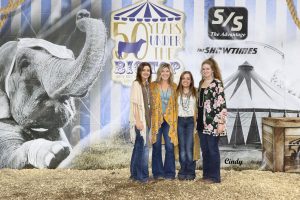 Now that we are all settled back in from the NJSS we want to share with you what us interns enjoyed about the week in Madison.
Now that we are all settled back in from the NJSS we want to share with you what us interns enjoyed about the week in Madison.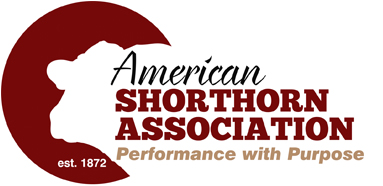




![[ Random Image ]](/wp-content/themes/shorthorn/headers/header12.jpg)
